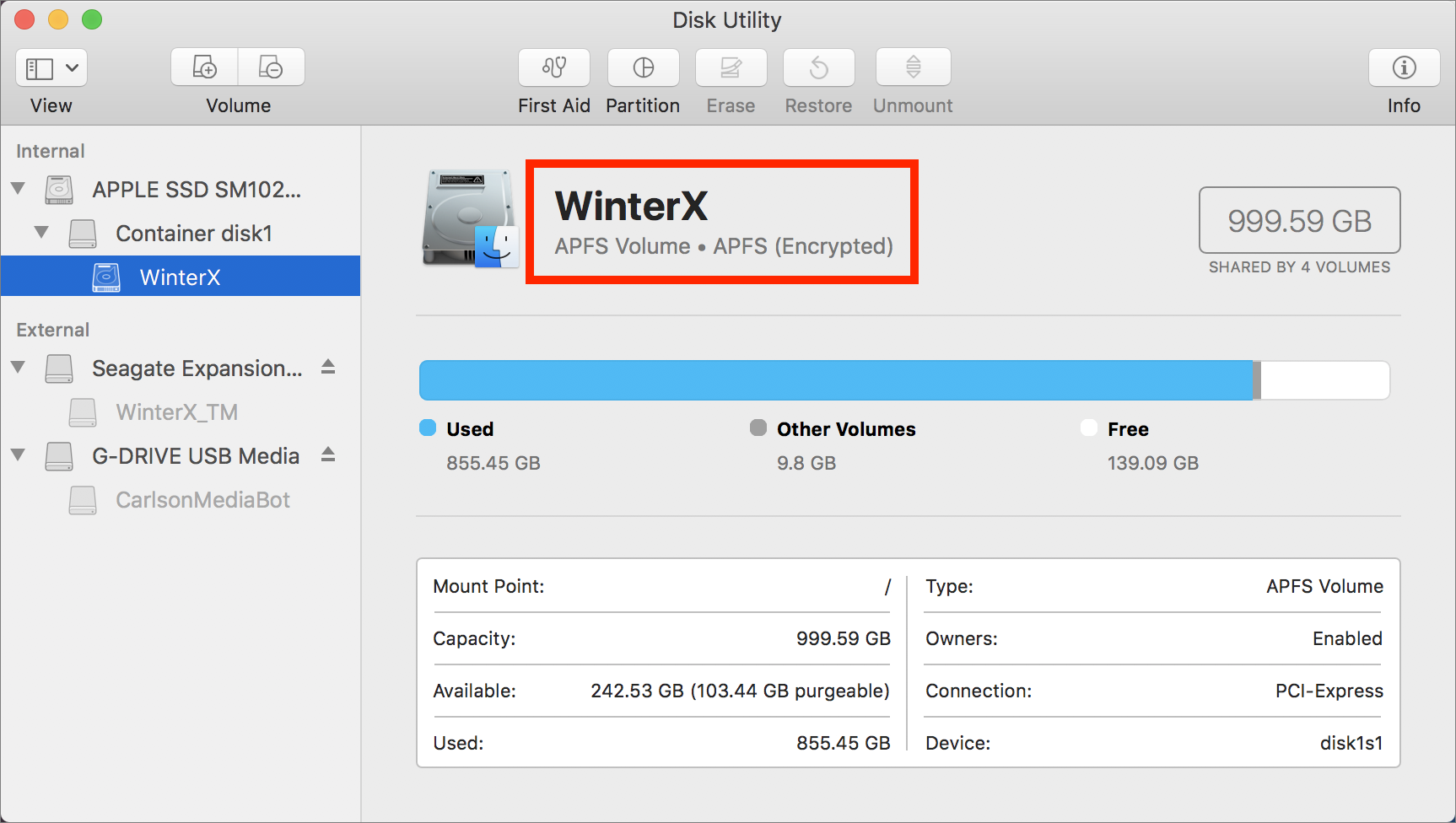
- #HOW TO START DISK UTILITY ON MAC HOW TO#
- #HOW TO START DISK UTILITY ON MAC UPDATE#
- #HOW TO START DISK UTILITY ON MAC SOFTWARE#
- #HOW TO START DISK UTILITY ON MAC PASSWORD#
- #HOW TO START DISK UTILITY ON MAC DOWNLOAD#
First of all, get your data backed up before do the format. In this article, we will introduce you a few tools you can use for formatting hard drive under macOS 10.13 High Sierra.
#HOW TO START DISK UTILITY ON MAC SOFTWARE#
However, keep in mind that even when data recovery runs smoothly in the Recovery mode, it’s still recommended to have a trusted data recovery software at hand to double-check your files don’t go missing.When you have the need to format a hard drive under macOS 10.13 High Sierra, it typically requires the use of third-party hard drive format software like Disk Utility.
#HOW TO START DISK UTILITY ON MAC HOW TO#
Every Mac user sooner or later gets to know how to use it. MacOS Recovery mode is a handy tool to fix your Mac when it starts acting up. This handy guide will provide you with effective workarounds to fix Mac Recovery mode not working problem. Here, the solution would be to keep your Mac updated to the latest version. For instance, restoring deleted files using Time Machine on macOS Big Sur might not work if this version is installed with bugs, which prevent it from functioning smoothly.
#HOW TO START DISK UTILITY ON MAC PASSWORD#
Note: You may need to enter the firmware password or the password of the user who is the administrator of this Mac. Release these keys when you see the Apple logo, a rotating globe, or another launch screen. On Intel, you’ll see Processor and On M1 - Chip.Ģ. Click the Apple logo > About This Mac > Overview tab to check what processor your computer runs. The Mac M1 recovery will look different than on Intel Mac.

It depends on whether your Mac has an Apple Silicone or Intel processor. How to Enter macOS Recoveryīefore booting into Mac Recovery mode, you need to choose the proper instruction. This app allows you to access information and tools to assist with network connection problems. Here, you can allow boot from removable or media or disallow this feature. Previously, it was only available on iOS. This default setting is now available on macOS, which provides the highest level of security.

Once a firmware password is created, users who do not know it will not start the computer from any disk other than the boot disk you assigned. On Macs with Apple T2 Security Chip, the startup security utility offers features to protect against unauthorized access: password protection, secure startup, and installation of allowed boot media. Using Terminal in the Recovery mode lets you run various commands to troubleshoot the existing issues on your Mac. However, when your Mac is undergoing startup problems, launch the tool from the Recovery mode to repair disks (by using First Aid) or format the startup disk. You can use the tool just like any other app. Use Disk Utility to scan, repair or erase a disk or other storage device.
#HOW TO START DISK UTILITY ON MAC DOWNLOAD#
You can also download the Apple Support app to get instant help. In addition, browser plug-ins and extensions are disabled. In the Recovery mode, the Apple Support website is linked by default. Safari option (or get online help) lets you open the Safari browser to contact Apple Support (with your Mac connected to the internet). That’s when you can try upgrading, reinstalling, or downgrading your computer via Recovery mode. Not every macOS is flawless, and it may come with glitches or be the cause of a sluggish Mac.

#HOW TO START DISK UTILITY ON MAC UPDATE#
This option lets you do the trick when you decide to update your current macOS, downgrade to a previous version or do a clean install. Tools Available in Mac Recovery Mode Reinstall macOS


 0 kommentar(er)
0 kommentar(er)
